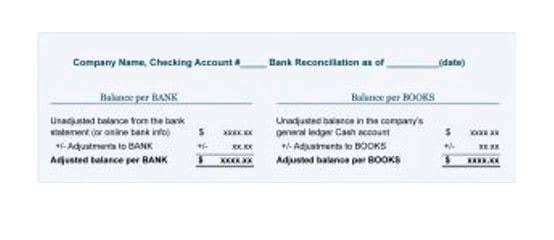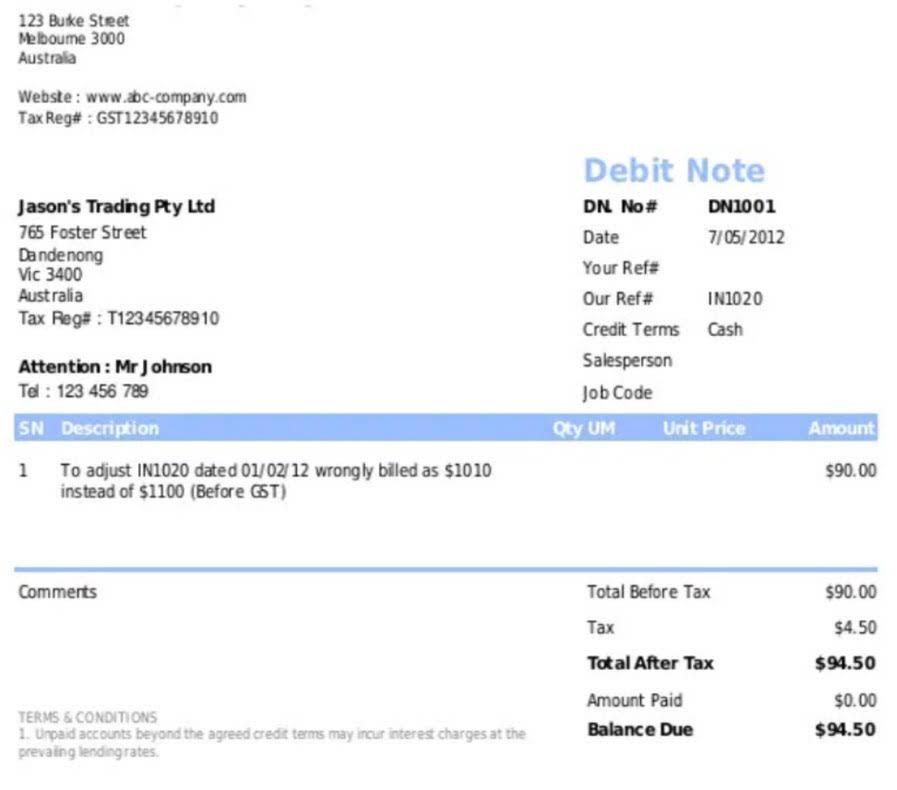Conversion Costs Formula Example

One of the key concepts in cost accounting and management is conversion cost, which is the sum of direct labor and manufacturing overhead costs incurred to produce a unit of product. Conversion cost per unit is the average cost of converting one unit of product from raw materials to finished goods. It is calculated by dividing the total conversion cost by the number of units produced. Conversion cost per unit is useful for measuring the efficiency and profitability of a production process, as well as for setting prices and budgets. In this section, we will explain how to calculate conversion cost per unit and how to use it for different purposes.

Conversion Costs
- For example, if the conversion cost per unit is $9 and the raw material cost per unit is $3, the total production cost per unit is $12.
- It shows how much each unit of conversion cost contributes to the profit.
- They also help to allocate the costs of goods sold (COGS) and inventory valuation.
- The cost of a product is determined by the amount of labor and overhead needed to convert raw materials into finished goods.
- Expense management blogs play a crucial role in providing valuable insights and knowledge about…
- The cost of manufacturing a product cannot be traced to just one unit in the process.
By using conversion costs, we can calculate an efficient way of determining equivalent units and unit costs. Samsung has a cell phone production unit with a production capacity of 10,000 daily it incurs day-to-day expenses to keep its business running. The company wants to know its conversion cost from the following mentioned information. A conversion cost is the total amount of cost it takes to bring a manufactured product from the raw material into a completed good.
AccountingTools

Without proper control, it can lead businesses into financial ruin if not managed properly by management teams who know conversion cost formula what’s best about how much each item should retail for.

How to Use the Conversion Cost Information for Decision Making and Management?

By analyzing the conversion cost ratio and its components, businesses can gain valuable insights into their cost structure, identify cost-saving opportunities, and optimize their manufacturing processes. Use the conversion cost per unit to set prices and budgets for the product. For example, if the conversion gross vs net cost per unit is $9 and the raw material cost per unit is $3, the total production cost per unit is $12. To make a profit, the selling price per unit should be higher than $12. To plan the production budget, the conversion cost per unit can be multiplied by the expected number of units to be produced in the future.
- A positive variance indicates that the actual conversion costs exceeded the budgeted costs, while a negative variance suggests that the actual costs were lower than the budgeted costs.
- It is calculated by dividing the total conversion cost by the number of units produced.
- Use the conversion cost per unit to set prices and budgets for the product.
- In this section, we will delve into the concept of the conversion cost ratio and its significance in cost accounting and management.
What are Conversion Costs?
- It’s important because it will become the cost of the inventory which will impact the selling price.
- Compare the conversion cost per unit with the previous periods, the industry average, or the target cost to evaluate the performance and efficiency of the production process.
- Some common examples are insurance, building maintenance, machine breakup, and taxes on equipment or machining.
- Assume that there was no work in process inventory at the beginning and at the end of the accounting period.
- This means that the toy company spends $10 on direct labor and manufacturing overhead for each doll it produces.
- Therefore, the conversion cost per unit for the month was $6.80 per unit (calculated as $136,000 of total conversion costs divided by the 20,000 units produced).
In manufacturing sector, the basic production costs can be categorized differently depending on the purpose Sales Forecasting and use of categorization. For example, they are often categorized as prime cost and conversion cost. This categorization is helpful in determining the efficiency of manufacturing facilities and processes in producing their output.

